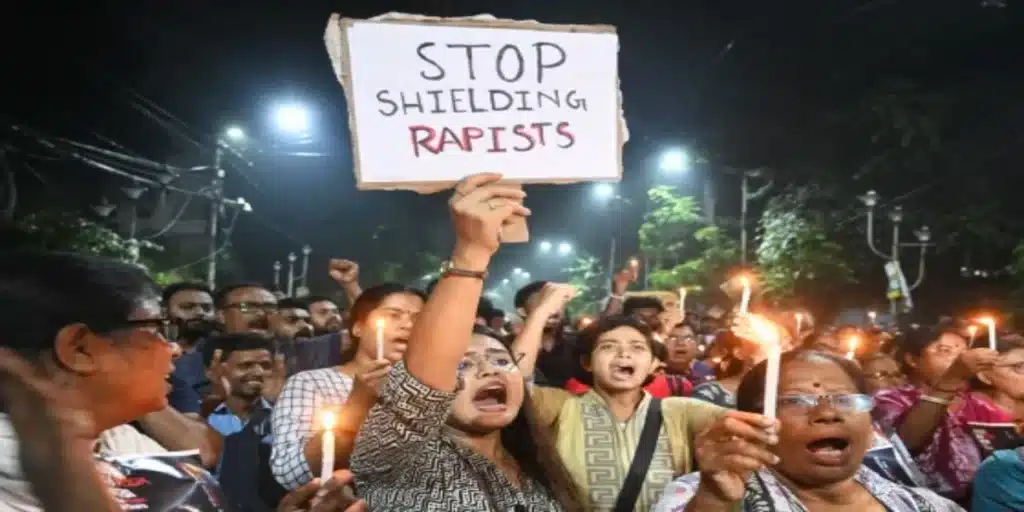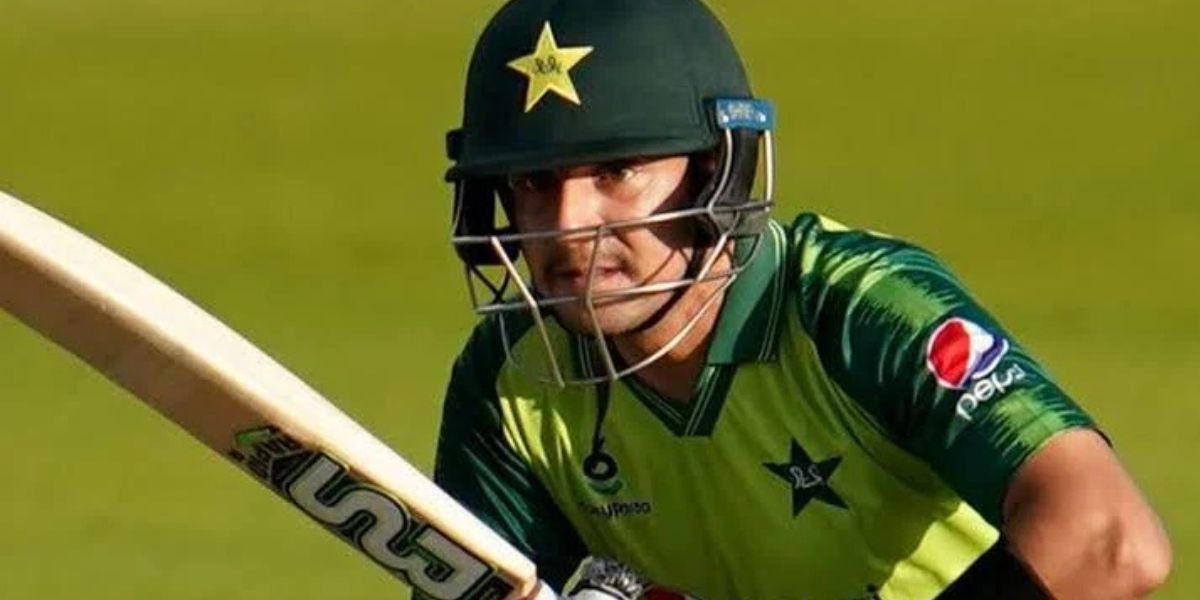A law student in Kolkata was raped by her seniors inside her college — a place meant to shape her future, not destroy it. According to her statement, the accused filmed the assault and used the footage to threaten her.
When she filed a complaint at Kasba police station, public anger poured into the streets. Protestors demanding justice were met with violence from the very state that failed to protect them. Many were injured as police cracked down, and several were detained and taken to the infamous Lalbazar headquarters.
Indian media reports say the accused are in custody until July 1st. But trust in the system is scarce.
This is not an isolated case. Just last year, a female doctor was found dead inside a Kolkata hospital. Her death triggered similar protests and similar inaction.
Rape in India has become a daily horror. In 2022, the country recorded an average of 86 rape cases per day. From a Spanish tourist gang-raped in Jharkhand to a child assaulted in Uttar Pradesh, these stories follow a chilling pattern: brutality, denial, and silence.
Even after the global outcry over the 2012 Delhi gangrape, little has changed. The violence has only worsened and the numbers prove it. In 2020, there were 77 rape cases a day. By 2021, that jumped to 87. And in 2022, the figure stayed nearly the same 86 per day.
Many survivors never come forward, silenced by shame, threats, and a justice system they do not trust.





